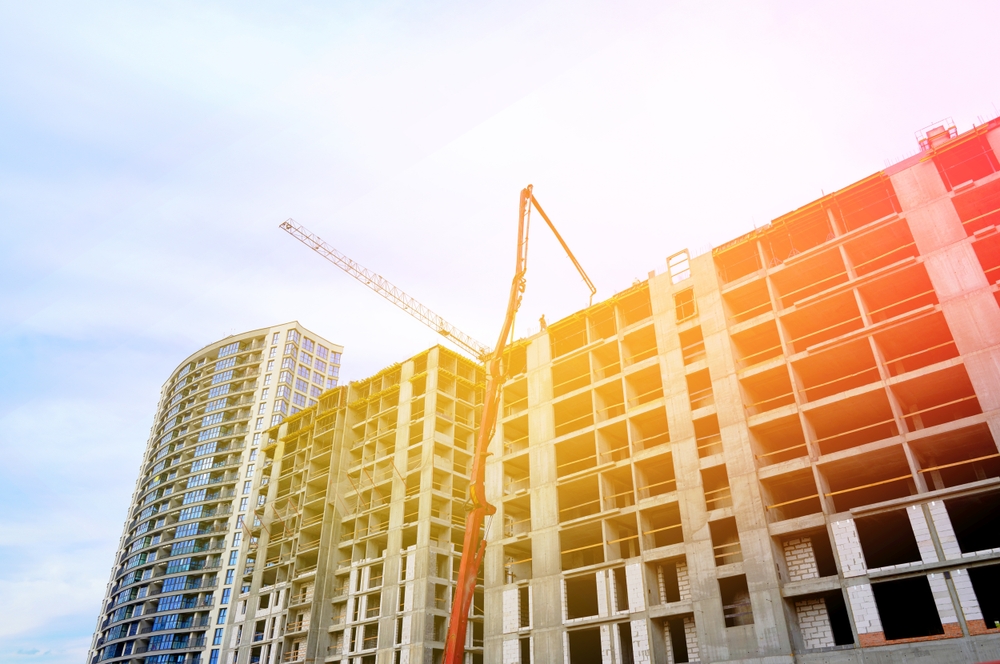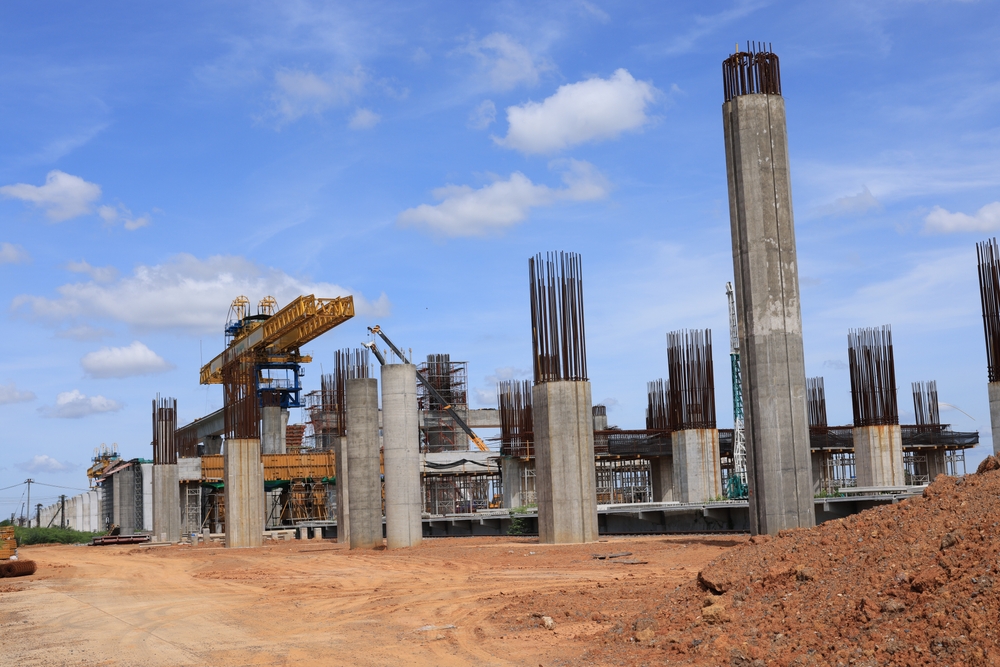How Augmented Reality is Impacting the Construction Industry
How Augmented Reality is Impacting the Construction Industry

Augmented Reality (AR) is rapidly transforming industries worldwide, and construction is no exception. By blending digital data with real-world environments, AR allows professionals in the construction industry to visualize, design, and collaborate in ways that were previously unimaginable. From project planning to on-site operations, AR offers numerous benefits and practical applications that are helping companies save time, reduce errors, and improve efficiency.
Key Impacts of Augmented Reality in Construction
1. Enhanced Design Visualization
One of the most significant impacts of AR in construction is its ability to improve design visualization.
- 3D Models in Real Space: AR allows architects, engineers, and clients to view 3D models of structures directly within the real environment. Users can walk through a site and see how a building or structure will look upon completion, superimposed on the actual location.
- Improved Client Communication: Clients can better understand designs, make informed decisions, and request changes before construction begins. This improves communication and ensures that everyone involved shares a unified vision for the project.
2. Accurate Project Planning and Collaboration
AR helps streamline project planning by allowing teams to collaborate more effectively and spot potential issues early.
- Collaboration Across Teams: AR enables multiple teams, including architects, project managers, contractors, and workers, to visualize and interact with 3D designs simultaneously, regardless of their physical location. This improves collaboration between remote teams and ensures everyone is on the same page.
- Real-Time Adjustments: Teams can view project plans in the real world and make real-time adjustments as needed. This reduces the chances of costly rework or project delays caused by misunderstandings or design errors.
3. On-Site Augmented Reality for Construction Workers
AR has practical applications on the construction site, offering workers critical information while they work.
- Hands-Free Instructions: Workers can use AR devices like smart glasses or mobile tablets to see step-by-step construction instructions overlaid on their field of view. This allows for hands-free, real-time guidance, increasing productivity and reducing the risk of mistakes.
- Error Reduction: With AR, workers can compare the physical structure with the digital design in real-time, allowing them to immediately identify discrepancies or mistakes before they become costly issues.
4. Improved Safety Training and Risk Management
Safety is a critical concern in the construction industry, and AR is helping to improve training and safety protocols.
- Simulated Training Environments: AR can create realistic training environments where workers can practice using heavy machinery, climbing scaffolding, or navigating a construction site without the associated risks of being on-site. Workers can experience various scenarios and learn how to handle dangerous situations.
- Safety Planning: By visualizing a construction site with AR, project managers can identify potential hazards before they occur. AR models allow for better safety planning, which reduces accidents and improves worker safety.
5. Streamlined Project Management and Monitoring
Project managers benefit from AR’s ability to offer a comprehensive, real-time overview of the construction site.
- Progress Monitoring: AR enables project managers to overlay digital models of completed sections of a building onto the current state of the site, allowing them to track progress and ensure the work is proceeding as planned.
- Site Inspections: AR can assist in performing more efficient site inspections by enabling remote inspection teams to see the current site conditions and compare them to planned designs. This reduces the need for on-site inspections and saves time.
6. Improved Accuracy in Measurements and Layouts
AR improves precision and accuracy when measuring and laying out structures.
- Precise Measurements: With AR tools, builders can project measurements and gridlines directly onto a site, ensuring that everything is positioned accurately and aligned correctly. This reduces the margin for human error and improves the overall quality of the work.
- Faster Layout: By using AR to overlay design layouts directly on the construction site, workers can set up foundations, walls, and other components more efficiently. This accelerates the construction process and minimizes delays.

Challenges of Implementing Augmented Reality in Construction
While AR has many benefits, there are also challenges associated with its implementation in the construction industry.
1. High Initial Costs
The upfront cost of AR devices, software, and training can be prohibitive for smaller firms. Advanced AR systems like Microsoft HoloLens, Google Glass, or other AR-enabled tools can require significant investment.
2. Learning Curve
Introducing AR technology into the construction site requires proper training. Workers need to be trained not only in using the technology but also in integrating it into existing workflows. This learning curve can result in initial delays as teams adjust to the new tools.
3. Technology Integration
For AR to be fully effective, it must seamlessly integrate with other technologies used in construction, such as Building Information Modeling (BIM) or project management software. This requires companies to ensure that all their systems are compatible and that data flows smoothly between different platforms.
4. Connectivity Issues
Many AR applications require fast and stable internet connectivity to function in real-time. On remote construction sites where internet access is limited or unreliable, the use of AR tools may be restricted or less effective.
5. Data Privacy and Security
Using AR on construction sites means that data and designs are often shared across multiple devices and platforms. Companies need to ensure that this information is kept secure and that they comply with industry standards for data protection.
Future of Augmented Reality in Construction
As AR technology continues to evolve, it will likely become even more integrated into the construction process. Innovations such as:
- AI-Enhanced AR: Combining AR with artificial intelligence (AI) could enable even more sophisticated project planning, risk analysis, and design optimization.
- Advanced Wearables: As AR hardware becomes more affordable and user-friendly, wearables like smart glasses and headsets could become common on construction sites, giving workers constant access to real-time information and improving overall efficiency.
- Remote Collaboration: The COVID-19 pandemic accelerated the adoption of remote collaboration tools, and AR is expected to enhance this further. AR-enabled devices will allow teams to collaborate in real-time from different locations with a level of engagement that surpasses current 2D video conferencing platforms.
Conclusion
Augmented Reality is revolutionizing the construction industry by enhancing design visualization, improving project planning, and making on-site work more efficient and safer. While there are challenges in adopting AR, its potential to streamline processes, reduce costs, and improve the overall quality of construction projects is undeniable. As the technology matures and becomes more accessible, AR is expected to play an even more significant role in shaping the future of construction.
External Resources for Legal Guidance
Augmented Reality
Read more related articles to enhance your knowledge and make informed decisions
10 Essential Steps in the Building Construction Process
How to Choose the Right Materials for Your Construction Project








